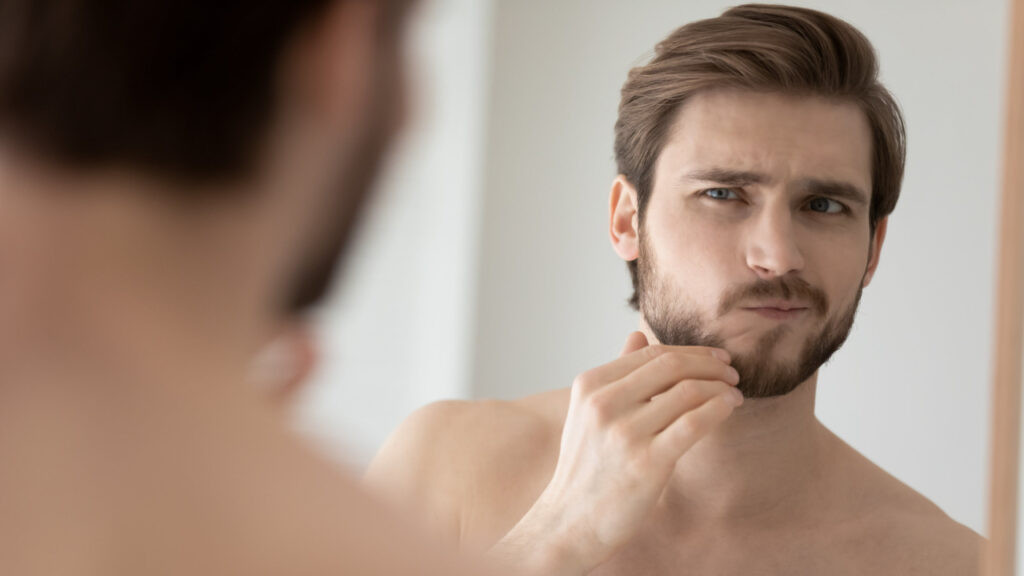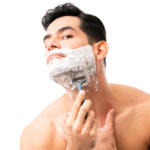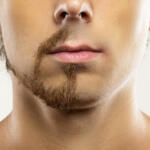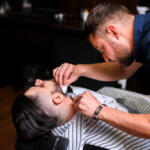
Are you tired of razor bumps interrupting your smooth, clean shave? You’re not alone. Dealing with the discomfort of razor bumps is a universal nuisance that plagues many. But, it doesn’t have to be. The key to eradicating this nuisance lies in a combination of prevention and treatment strategies. This comprehensive guide will help you understand the causes, prevention, and treatment of razor bumps, paving the way to smoother, healthier skin.
What are Razor Bumps and Why Do They Occur?
Razor bumps, scientifically known as pseudofolliculitis barbae, result from hairs that curl back into the skin instead of rising up from it. Primarily caused by poor shaving techniques, they can cause irritation and a bumpy, unsightly appearance. Before we delve into prevention and treatment, understanding these tiny but troublesome bumps is paramount.
Preventing Razor Bumps: A Step-by-Step Guide
Prevention is always better than cure, and the same goes for razor bumps. Here’s a step-by-step guide to help you shave correctly, reducing the likelihood of razor bumps.
- Exfoliate the Skin: Start your shaving routine with an exfoliating scrub. This helps remove dead skin cells, oil, and dirt that could clog your pores and cause razor bumps.
- Use Warm Water: Wet your skin and hair with warm water before shaving. This softens the hair and opens up your hair follicles, making the hair easier to shave and reducing the risk of razor bumps.
- Apply a Non-comedogenic Facial Cleanser: Following exfoliation, use a gentle, non-comedogenic facial cleanser. This type of cleanser won’t clog your pores, helping to keep them clear of debris that could cause razor bumps.
- Apply Shaving Cream: Before shaving, apply a generous amount of shaving cream and allow it to sit on your skin for 2-3 minutes. This helps to hydrate the hair, soften the skin, and provide a smooth surface for shaving, all of which can help prevent razor bumps.
- Shave in the Direction of Hair Growth: Shaving against the direction of hair growth can cause hair to snap back and grow into the skin, leading to razor bumps. Always shave with the grain (in the direction of hair growth) for a smoother, bump-free shave.
- Use a Fresh Blade: Always shave with a clean, sharp razor blade. A dull blade can cause skin irritation and lead to razor bumps. It’s best to replace your blade or razor regularly to ensure a clean, close shave.
Treating Razor Bumps: How to Heal Your Skin
Despite your best efforts, you might still end up with razor bumps. The good news is there are effective ways to treat them.
- Hydrocortisone Cream: This over-the-counter anti-inflammatory cream can help reduce redness and swelling. However, it’s a short-term solution, as prolonged use can lead to skin thinning.
- Cold Compress: Applying a cold compress can help to soothe the skin and reduce inflammation and redness.
- Warm Compress: Applying a warm compress before shaving can soften the hair and open up the pores, reducing the risk of ingrown hairs and razor bumps.
Conclusion
Razor bumps can be a frustrating side effect of shaving, but with the right knowledge and techniques, you can greatly reduce their occurrence. Following these preventive measures and treatment techniques will put you on the path to a smooth, bump-free shave. Here’s to healthier, happier skin
Last update on 2024-04-26 / Affiliate links / Images from Amazon Product Advertising API
Affiliate Disclosure: This post contains affiliate links, which means I may receive a small commission, at no extra cost to you, if you make a purchase using these links.

Jay Kang
Just because i'm asian does not mean I don't need shaving. I always wanted to grow a beard when I was young, now I need to shave because hair growth for me is a problem. I'm going through what every man will and has gone through before.





